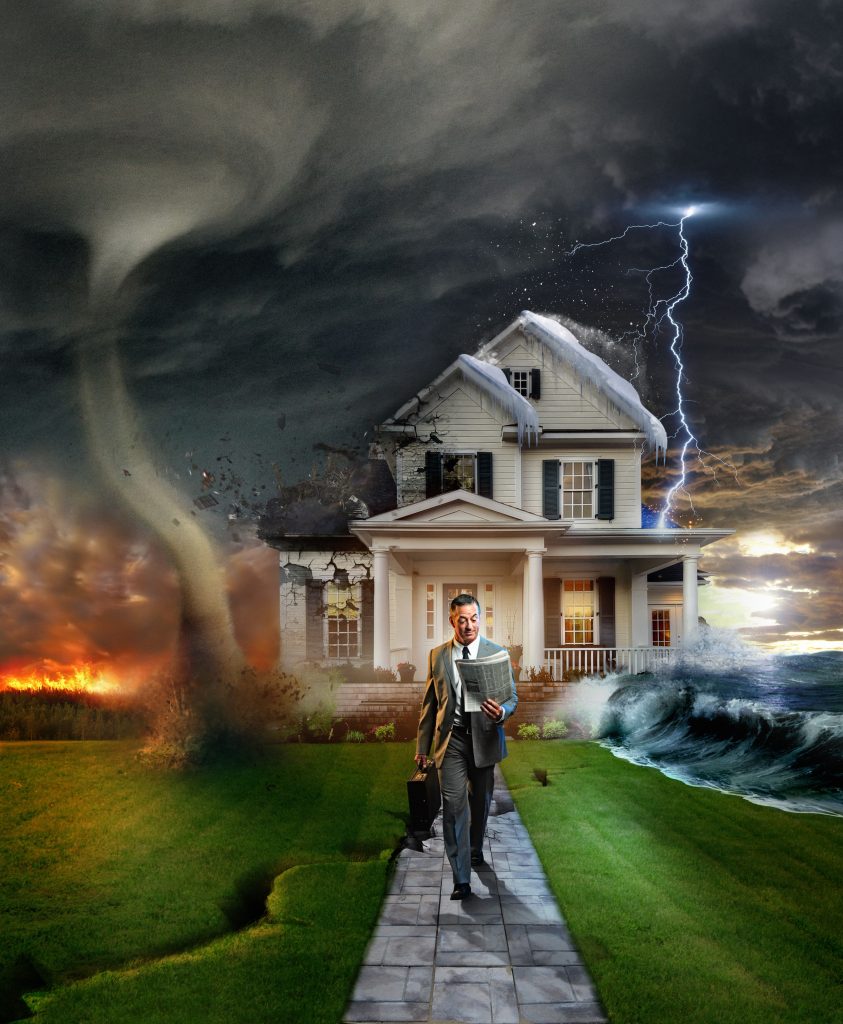
By Max Dorfman, Research Writer, Triple-I
CSAA Insurance Group – a AAA insurer – is spurring innovation in the insurance industry through several initiatives tackling the dangers of climate risk.
“We’ve been on a journey to reduce our environmental footprint for a long time,” said Debbie Brackeen, Chief Strategy & Innovation Officer with CSAA, in a recent executive exchange with Triple-I CEO Sean Kevelighan. “We are seeking to reduce our carbon footprint by 50 percent by 2025. We view this work as aligned with our mission: to help our members prepare for and recover from climate risk.”
CSAA has taken several steps to help achieve its goals, including:
- Leading the first-ever Innovation Challenge on climate resilience with IDEO and Aon, along with several other sponsors;
- Working on the California Innovation Fund in partnership with Blue Forest, a $50 million fund that CSAA contributed half that capital, focused on forest restoration and reducing fuel in a smart and sustainable way; and
- Supporting the Wildfire Interdisciplinary Research Center at San Jose State University, which conducts work around predictive modeling, among other endeavors.
While this may seem like a new development, Kevelighan noted that insurers have long worked toward these goals.
“We’ve seen the ESG movement take a hold in the past few years, but it’s been in the DNA of the Triple-I and the insurance industry generally for a long time,” Kevelighan said. “More than half the battle is recognizing that the risk is increasing, while identifying solutions.”
Still, with the increasing consequences associated with climate risk, more work needs to be done.
“There were billion-dollar wildfire losses at CSAA in my first two years in the industry,” Brackeen said. “I wondered if this was normal. It ignited in me that, whatever we do in innovation, it will have to do with wildfire risk. However, what concerns me the most is that risks are becoming uninsurable. This is from the cumulative effects of several different types of losses, including convective storms.”
“We have to seek different types of innovative partnerships to address these issues,” Brackeen concluded. “In this fight for our industry, there are no competitors. We have to be on the same side of the table.”









